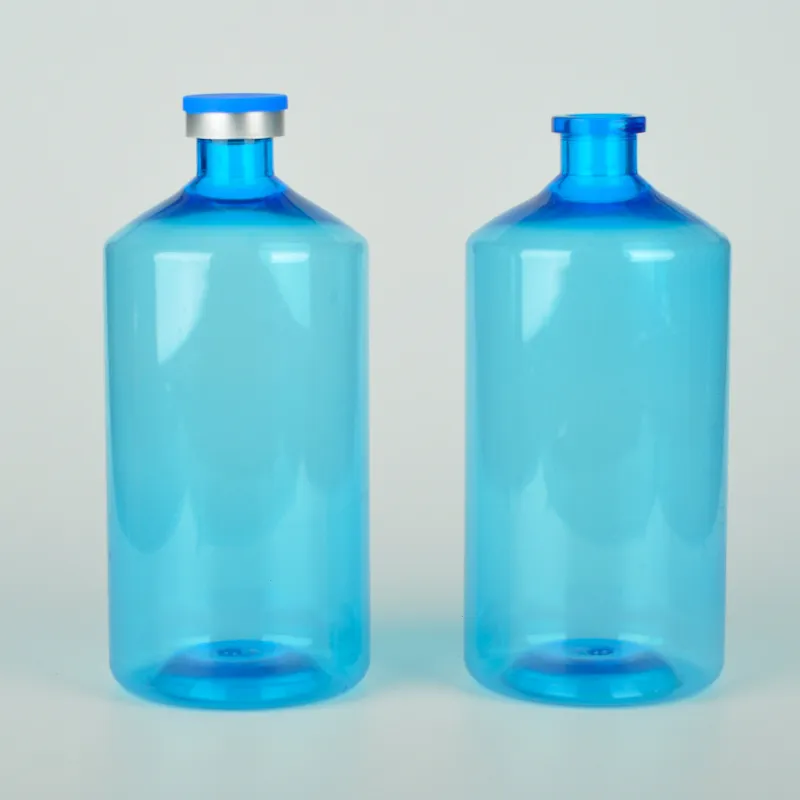dropper bottle measurement
Understanding Dropper Bottle Measurements A Comprehensive Guide
Dropper bottles are essential tools in various fields, including pharmaceuticals, cosmetics, and essential oils. These small yet versatile containers come with a fitted dropper that allows precise dispensing of liquids. However, understanding and measuring the volume they contain can sometimes be confusing. This article aims to clarify dropper bottle measurements and provide insights into their practical applications.
Types of Dropper Bottles
Dropper bottles vary in size and design, typically ranging from 5 ml to 100 ml. The most common types are glass and plastic bottles, each serving specific purposes. Glass dropper bottles are often preferred for essential oils and high-value liquids due to their inert properties, which prevent chemical reactions. In contrast, plastic dropper bottles are lightweight and shatter-resistant, making them suitable for travel and everyday use.
Volume Measurements
Dropper bottles are generally marked with volume indicators on their sides, helping users measure the liquid accurately. The drop size can vary depending on several factors, including the viscosity of the liquid and the size of the dropper tip. On average, a standard dropper dispenses approximately 0.05 ml to 0.1 ml per drop. This variability is crucial for users to consider, especially when measuring out essential oils or medications where precision is vital.
Calibration of Droppers
dropper bottle measurement

To ensure accurate dispensing, it is essential to calibrate dropper bottles. Users can do this by conducting simple tests fill the dropper and count the number of drops needed to fill a measured volume (e.g., 1 ml). This practice helps in establishing the drop size for specific liquids, ensuring consistent measurements for future use.
Practical Applications
In the pharmaceutical industry, accuracy in measurement is critical. Dropper bottles are often used to dispense liquid medications that require precise dosing. Similarly, in the field of cosmetics, proper measurement ensures the correct formulation of skincare products, which can prevent issues like overuse or wastage. Essential oils, commonly stored in dropper bottles, also benefit from accurate dispensing, allowing users to create blends with desired concentrations.
Considerations for Use
When using dropper bottles, users should consider several key aspects 1. Liquid Viscosity Thicker liquids may not dispense as easily as thinner ones, affecting the drop size. 2. Temperature Changes in temperature can alter the viscosity of the liquid, leading to variations in the drop size. 3. Dropper Tip Size Different dropper tips dispense different volumes, so it's important to choose the right one for the intended application.
Conclusion
Understanding dropper bottle measurements is essential for anyone who relies on precise liquid dispensing, whether for health, beauty, or culinary purposes. By knowing the factors that affect drop size and taking steps to calibrate droppers, users can achieve accuracy and consistency in their measurements. As these bottles continue to play a crucial role in various industries, mastering their use will undoubtedly enhance both functionality and safety.
-
Aesthetic Makeup Spray Bottles | Fine Mist Empty RefillableNewsAug.19,2025
-
White Plastic Veterinary Vaccine Vials | Lab Liquid BottlesNewsAug.18,2025
-
Plastic Medicine Liquid Bottle: Secure Flip Top Drug VialsNewsAug.17,2025
-
Durable 250ml Blue Plastic Vaccine Vial for Lab & Vet UseNewsAug.16,2025
-
Sterile Virus Sample Tubes: Secure & Reliable Specimen CollectionNewsAug.15,2025
-
White 250ml Plastic Vaccine Vial for Lab & Vet MedicineNewsAug.14,2025
























